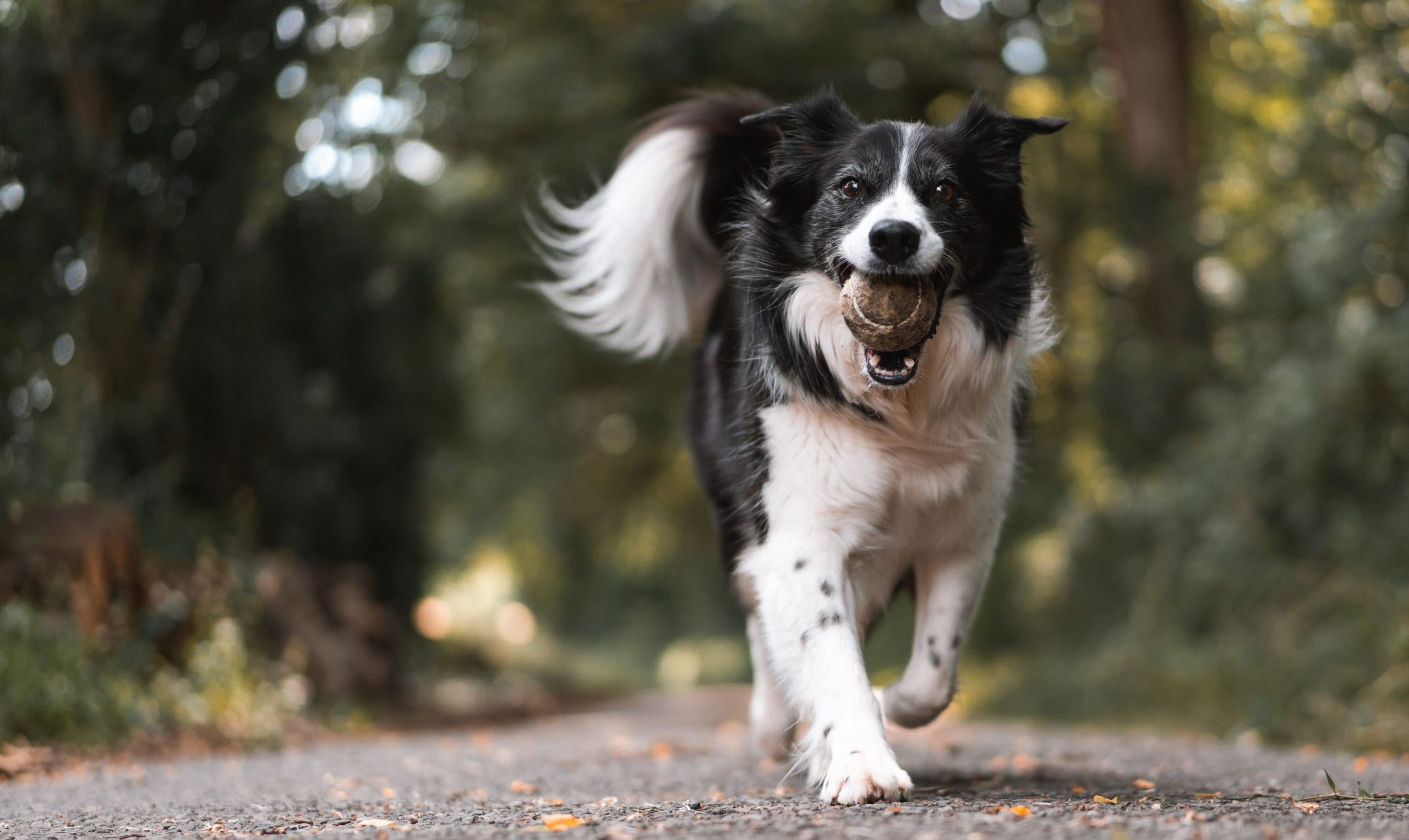Home Remedies For Dog Who Ate Chicken Bones?
Post Date:
December 10, 2024
(Date Last Modified: November 13, 2025)
Guidance for caregivers when a dog has consumed chicken bones.
Health Risks of Chicken Bones for Dogs
Chicken bones can cause several distinct medical problems in dogs, and understanding how these problems differ helps determine urgency and likely outcomes. One immediate mechanical risk is splintering: cooked chicken bones tend to break into sharp fragments that can puncture or lacerate the mouth, esophagus, stomach, or intestines.
Fragments smaller than 1 inch (25 mm) can still have sharp edges capable of perforating the gastrointestinal wall and creating a site for leakage and infection[1]. A perforation can lead to localized contamination, peritonitis, and a need for surgical repair if contamination is significant[1].
Another major hazard is obstruction and choking. A bone or large fragment that lodges in the esophagus, stomach outlet, or small intestine can partially or completely block the passage of food and fluids; objects between 0.4 and 1.6 inches (10–40 mm) in greatest dimension commonly produce obstructive signs in small-breed dogs and puppies[1]. Complete airway obstruction can become life‑threatening within minutes and requires immediate intervention[1].
Infection and abscess formation are potential secondary complications when sharp fragments cause microtears or full-thickness perforations. Clinical infection may take 2–5 days to become apparent after a perforation, presenting with fever, abdominal pain, and systemic signs that necessitate prompt veterinary care[1]. Even without overt perforation, retained bone fragments that irritate the mucosa can cause localized inflammation and delayed complications.
Cooked and raw bones differ in predictable ways: cooking removes moisture and changes collagen and mineral structure, which usually makes bones more brittle and prone to sharp splintering at typical cooking temperatures above 140°F (60°C)[1]. Raw bones are less likely to shatter into razor-like shards but still carry risks of tooth fractures, bacterial contamination, and the possibility of causing obstruction depending on size and shape[1].
Immediate Steps to Take at Home
Remove the dog from the source and secure any remaining bones or trash out of reach immediately to prevent additional ingestion.
Quickly check the airway, breathing, and circulation: look for normal chest rise and fall for at least 10–15 seconds to confirm breathing[2]. If the dog is making high‑pitched sounds, cannot breathe, or is collapsing, seek emergency veterinary care without delay[2].
Open the mouth only if you can see a loose piece in the front teeth or lips and can remove it with a finger or blunt object; do not probe the throat, and do not use instruments to reach deep into the oral cavity because you can push fragments farther or cause injury[2].
Keep the dog calm and confined in a quiet area to reduce swallowing or vigorous activity that might move a sharp fragment; minimize feeding and strenuous play for at least the first 6–12 hours unless your veterinarian advises otherwise[2].
Signs That Indicate an Emergency
Persistent retching or repeated attempts to vomit for more than 30 minutes is an emergency that merits immediate veterinary evaluation[3].
Visible blood in vomit, saliva, or stool—bright red or black tarry stools—indicates possible gastrointestinal bleeding and requires urgent assessment[3].
Severe abdominal pain, a tense or distended abdomen, or collapse are signs that obstruction, perforation, or sepsis may be occurring and need emergency intervention within minutes to hours[3].
Respiratory distress such as noisy breathing, continuous drooling, loud coughing, or inability to swallow saliva suggests a lodged fragment in the upper airway or esophagus and should prompt immediate transport to a clinic[3].
Safe Home Measures to Encourage Passage
If the dog is stable, alert, and breathing normally with no signs listed above, limited home measures are appropriate while monitoring closely.
Offer fresh water ad libitum to help lubricate the esophagus and assist passage of small fragments, and provide a small, soft meal such as plain canned pumpkin or plain cooked white rice to cushion the gastrointestinal tract; start with a conservative portion of about 1–2 tablespoons (15–30 mL) per 10 lb (4.5 kg) body weight[4].
Avoid forcing food or large meals in the first 12–24 hours if the dog is vomiting or shows abdominal pain; restrict activity and prevent jumping for at least 24 hours to reduce the chance of a sharp fragment moving and causing perforation[4].
Monitor feces for visible bone fragments or changes in color and consistency every time the dog defecates for the first 72 hours; bring a fresh stool sample or a photo to the veterinarian if you note any abnormalities[4].
Actions to Avoid
Do not attempt to induce vomiting unless a veterinarian or poison control specialist explicitly instructs you to do so; forced emesis can pull sharp fragments back through the esophagus and cause additional laceration[5].
Avoid giving oil, butter, or home laxatives such as mineral oil or castor oil without veterinary direction because these remedies can complicate diagnostics and do not reliably speed safe passage[5].
Do not try to manually extract bones that are deep in the throat; attempting blind removal can worsen obstruction, damage soft tissues, and increase bleeding risk[5].
Never feed additional hard foods, rawhide, or more bones to “push” the original fragments through; adding more hard material increases the chance of obstruction and dental fractures[5].
Monitoring Protocol and Timelines
Adopt a documented observation routine so you can report clear, objective changes to the veterinarian if symptoms develop; record time of ingestion, what was eaten, and every check you perform for the first 72 hours[5].
| Time since ingestion | What to check | Action threshold |
|---|---|---|
| 0–6 hours | Breathing, gagging, visible mouth/neck swelling | Any breathing trouble or continuous retching → emergency visit[5] |
| 6–24 hours | Appetite, vomiting frequency, stool color | Repeated vomiting over 30 minutes or bloody stool → urgent evaluation[5] |
| 24–72 hours | Activity level, abdominal pain, stool presence of fragments | No stool passage for >36 hours or increasing abdominal pain → recheck with vet[5] |
When and How to Contact a Veterinarian
Call your regular veterinarian or an emergency clinic promptly if the dog shows any emergency signs or if you are uncertain about the size or number of bones; have the time of ingestion and the type of bone ready before calling[4].
Report the dog’s weight, the estimated size of the bone or fragments, current symptoms (for example, vomiting, bloody stool, breathing difficulty), and whether the animal has preexisting conditions such as recent surgery, cancer, or chronic gastrointestinal disease[4].
Phone triage may advise home monitoring with specific red‑flag signs to watch for or may instruct transport to an emergency clinic; follow the triage instructions exactly, and if advised to bring the dog in, arrive prepared to provide a sample of stool or a photo of the bone if available[4].
For immediate toxicology or ingestion assistance when a clinical veterinarian is not available, contact a regional animal poison control center; some services operate 24/7 and can charge a consultation fee for phone guidance[4].
Veterinary Diagnostics and Treatments
At the clinic, the initial evaluation normally includes a focused physical exam and pain assessment followed by imaging such as plain radiographs or contrast studies to locate radiopaque fragments and evaluate for obstruction; radiographs can identify many bone fragments but are not 100% sensitive[1].
Endoscopic retrieval using an esophagoscope or gastroscope is commonly attempted when the bone is accessible in the esophagus or stomach and the procedure is performed under general anesthesia; success rates vary but endoscopy avoids abdominal surgery when feasible[3].
If the fragment has passed into the intestines and is causing obstruction or if perforation is present, exploratory abdominal surgery (enterotomy or resection and anastomosis) may be required; recovery times post‑surgery typically range from several days to a few weeks depending on complications[3].
Postoperative care commonly includes pain control, antibiotics if contamination or perforation occurred, and diet modification with small, easily digestible meals for 7–14 days as directed by the treating clinician[3].
Special Considerations by Dog Size, Age and Bone Type
Small-breed dogs and puppies are at higher risk for obstruction from the same absolute bone fragment that a large dog might pass because their esophageal and intestinal lumens are proportionally smaller[1].
Cooked poultry bones are generally more dangerous due to their brittleness and tendency to splinter; raw bones still carry risks including tooth fracture and bacterial contamination but are less prone to fragment into sharp shards at typical handling temperatures[1].
Dogs with preexisting gastrointestinal disease, recent abdominal surgery, or compromised dentition may require a lower threshold for veterinary evaluation because even small fragments can trigger complications in these patients[3].
Prevention Strategies for the Home and Family
Secure trash cans with lidded containers or store waste in a high cupboard to remove easy access to discarded bones and food scraps; teaching household members to dispose of bones immediately reduces opportunistic scavenging by at least one common pathway for ingestion[2].
Offer safe chew alternatives that match the dog’s size and chewing style and replace worn chews regularly; supervise dogs when they receive any chew for the first 10–20 minutes to ensure the item wears safely without producing large, hard fragments[2].
Establish household rules for feeding areas and guest behavior—ask visitors and children not to feed table scraps, and clear plates promptly to reduce accidental drops; a consistent routine lowers the chance of repeat incidents[2].
Sources
- merckvetmanual.com — Merck Veterinary Manual.
- avma.org — American Veterinary Medical Association.
- vcahospitals.com — VCA Animal Hospitals.
- petpoisonhelpline.com — Pet Poison Helpline.
- aaha.org — American Animal Hospital Association.






